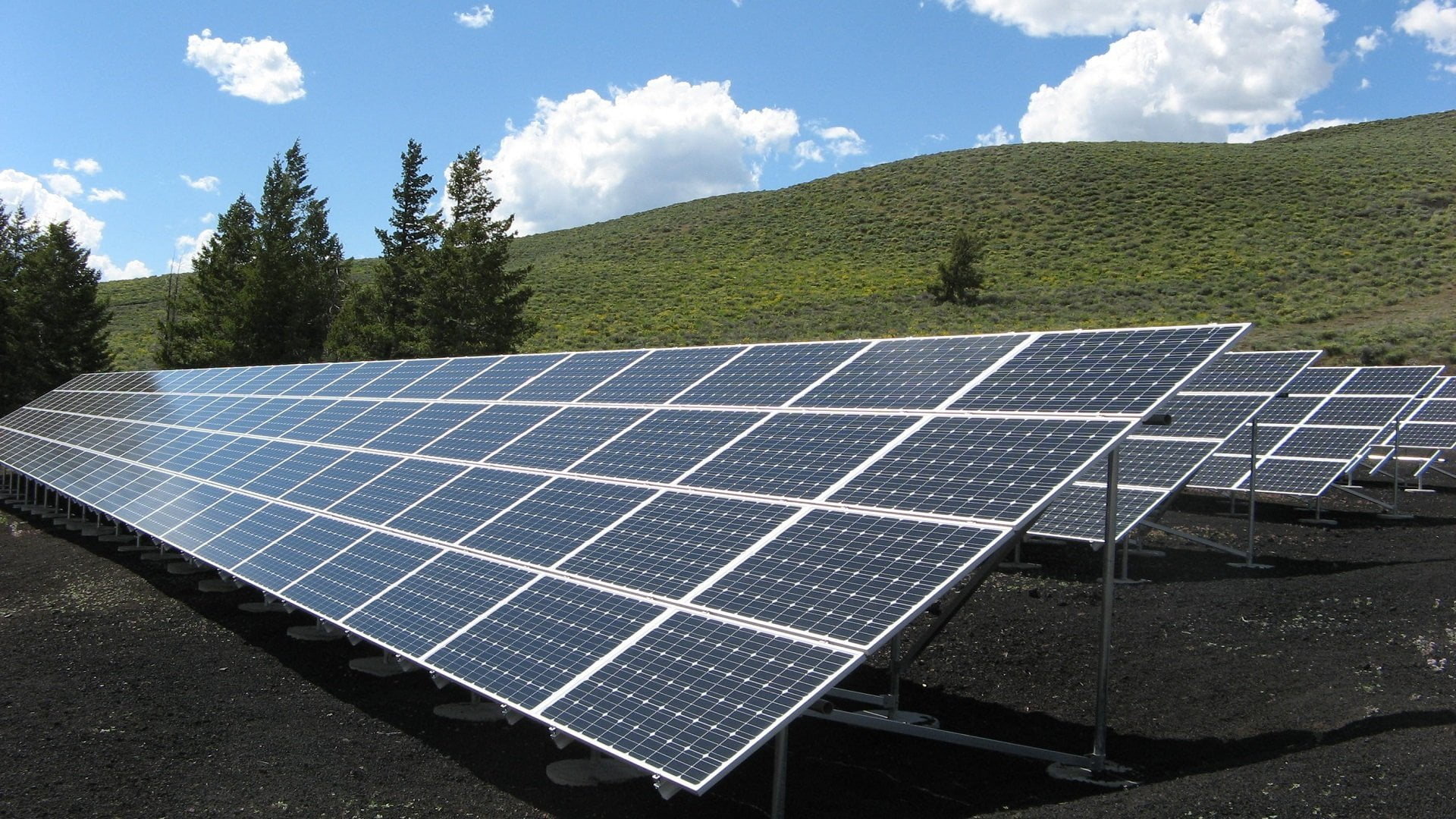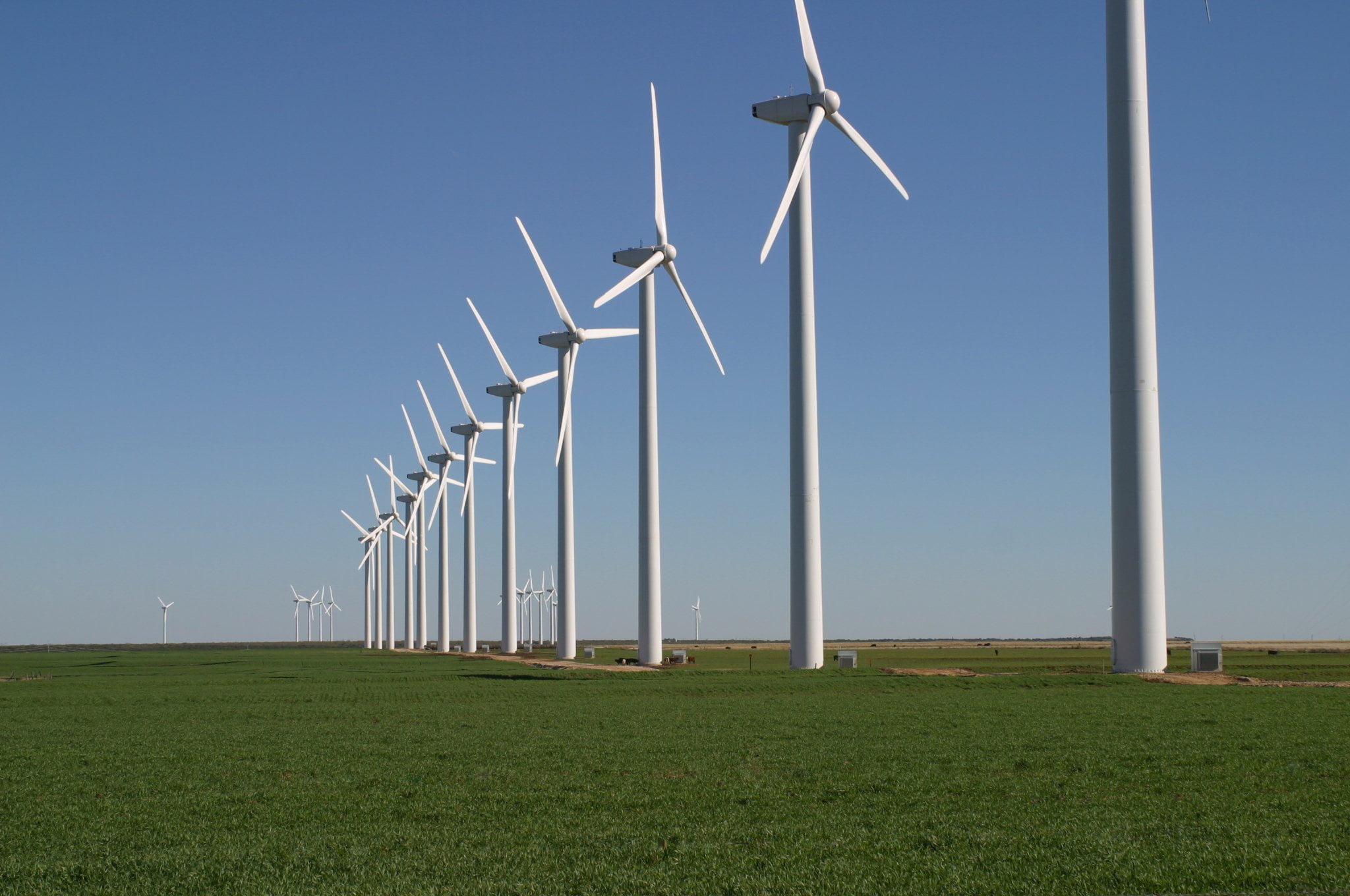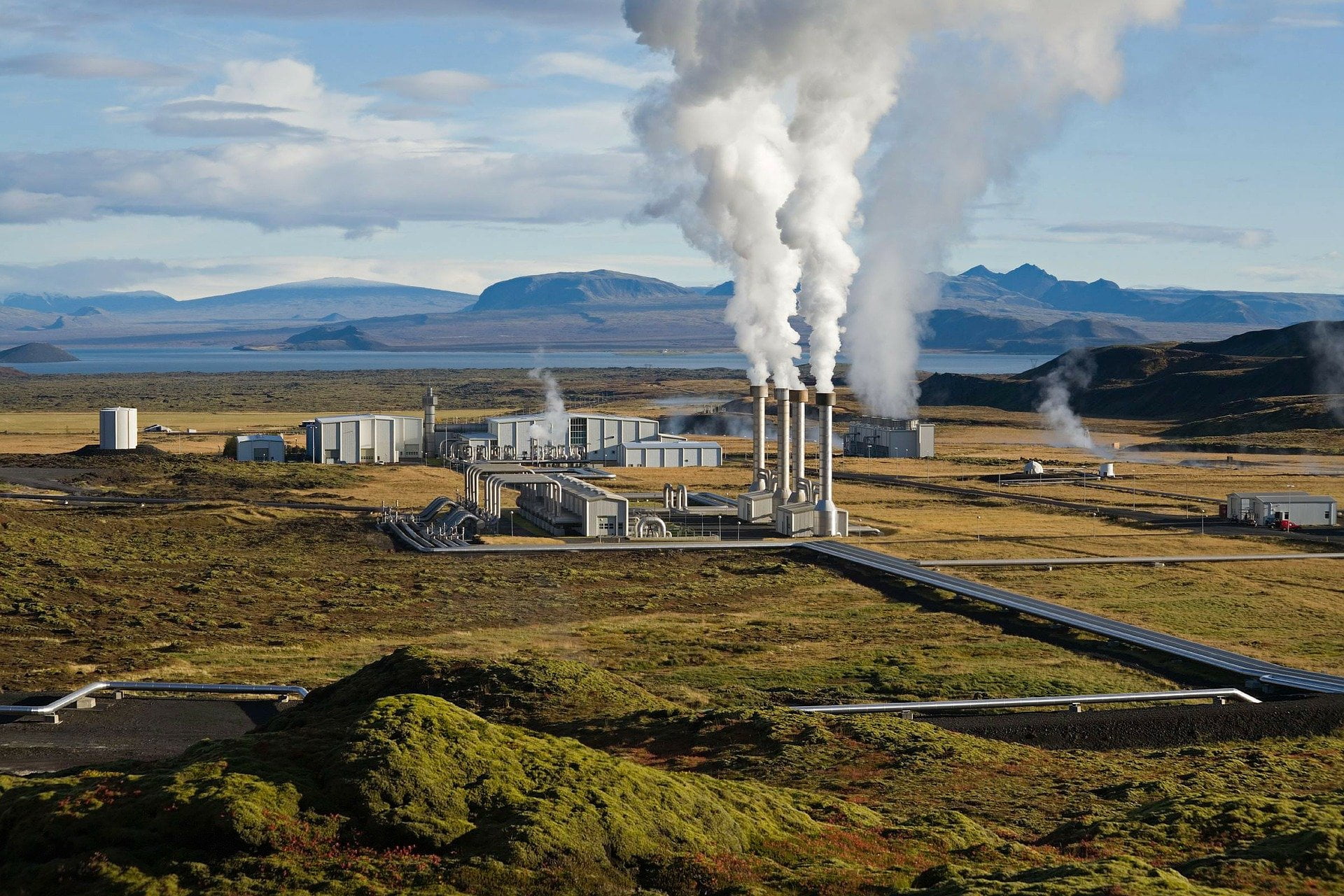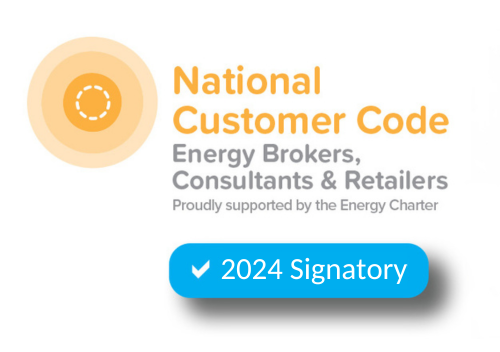Energy experts say that the rapidly falling costs of renewable sources of energy will ease the burden of complying with the National Energy Guarantee’s carbon emissions obligations.
Head of Energy and Sustainability at energy consultancy firm Schneider Electric Brian Morris said that when the NEG emissions restrictions come into effect in 2021, wind and solar energy will continue to flood into the National Energy Market as costs continue to plummet.
Solar generation costs dropped 90 percent over the last decade

Over the past 10 years, the cost of solar energy production has dropped by about 90 percent and that trend is expected to continue through 2018 with an additional drop of 3.4 percent. Wind power, which is currently the cheapest form of renewable energy, is also continuing to drop rapidly.
Mr Morris, who is also the chairman of the Australian Energy Users Association said: “Renewable energy is getting cheaper and cheaper all the time so I don’t see the burden of complying with the emissions obligation being all that bad, to be honest.”
In its latest form, the National Energy Guarantee has proposed a new way of allocating emissions to retailers and high-use consumers. The draft design sets a 5-megawatt threshold of demand for market participants and fines of $100 million for non-compliance with emissions targets.
It also sets fines of between $1 and $10 million for breaches of reliability, another obligation set out by the National Energy Guarantee. However, the plan has drawn criticism from some quarters.
Mr Morris said he was concerned that some customers that come in just above the 5MW threshold for the reliability guarantee would be surprised to find they are caught and had some work to do to understand their obligations. He said “they had to draw the line somewhere” but customers at this level would be focusing on their core business rather than the NEG.
New NEG rules could be unfair on smaller retailers with emissions targets

Researchers at the University of Melbourne’s College of Climate and Energy said the new rules could be unfair on smaller retailers that do not contract for emissions. Because these smaller retailers own clean energy generation plants, they could end up being saddled with across the boar emissions from Australia’s dirtiest energy generation plants, such as EnergyAustralia’s coal-fired Yallourn plant in Victoria.
The Energy Security Board, which is tasked with putting together the nuts and bolts of the National Energy Guarantee, has abandoned an earlier proposal to allocate emissions to corporations which control generators because the workings are too complex. Dylan McConnell, who headed the research at the College of Climate and Energy said that rights to high-emissions generators, such as Yallourn, were the most likely to be leftover because residual emissions are allocated to others with uncontracted load or demand.
He said this scenario gives increased market power to existing players, due to pressure to contract for emissions and lack of transparency in the emissions registry which is only open to market participants.
Lack of transparency over emissions targets and possible hoarding cause elements of concern

On the flip side, smaller retailers will have more flexibility to comply with emissions obligations because they are less likely to own dirty coal generation plants. The smallest retailers out there – which have less than 50,000 MW hours of annual load are exempt from the scheme.
Tristan Edis, director of Green Energy Markets, said the lack of transparency in the emissions registry and the strict limits on banking or carrying forward “over-achievement” in emissions will make it harder for new retailers or generators to break into the market and compete with the big three – AGL Energy, EnergyAustralia and Origin Energy.
The Energy Security Board says the limits it is setting aim to ensure gentailers do not starve out competition by hoarding emissions credits. Mr Edis, however, believes the cure to a lack of competition lies in enticing more energy supply into the market.
“Maybe they are addressing a reasonable fear but in doing so they are creating another long-term problem. It does mean that the market will be less efficient.”
Jon Stretch, chief executive of retailer ERM Power, said vigilance would be required to ensure the big gentailers did not try to water down the proposals to boost competition, but he was encouraged that the draft paper acknowledges how critical it is to foster competition and deliver good outcomes to consumers.
The issue of transparency around emissions is one that continues to crop up in various sectors. The Australian Industry Group said it would prefer more transparency around the emissions registry. It also said that there was room for improvement in some other areas of the NEG, but also said the architecture of the NEG, in general, is sound.
The AIG also said that the big stumbling block which lies ahead is whether politics will allow the deal to go through. It is understandable that all who are involved are concerned about parliamentary stagnation, given that Australia has not had a comprehensive and bipartisan energy policy for more than a decade.






